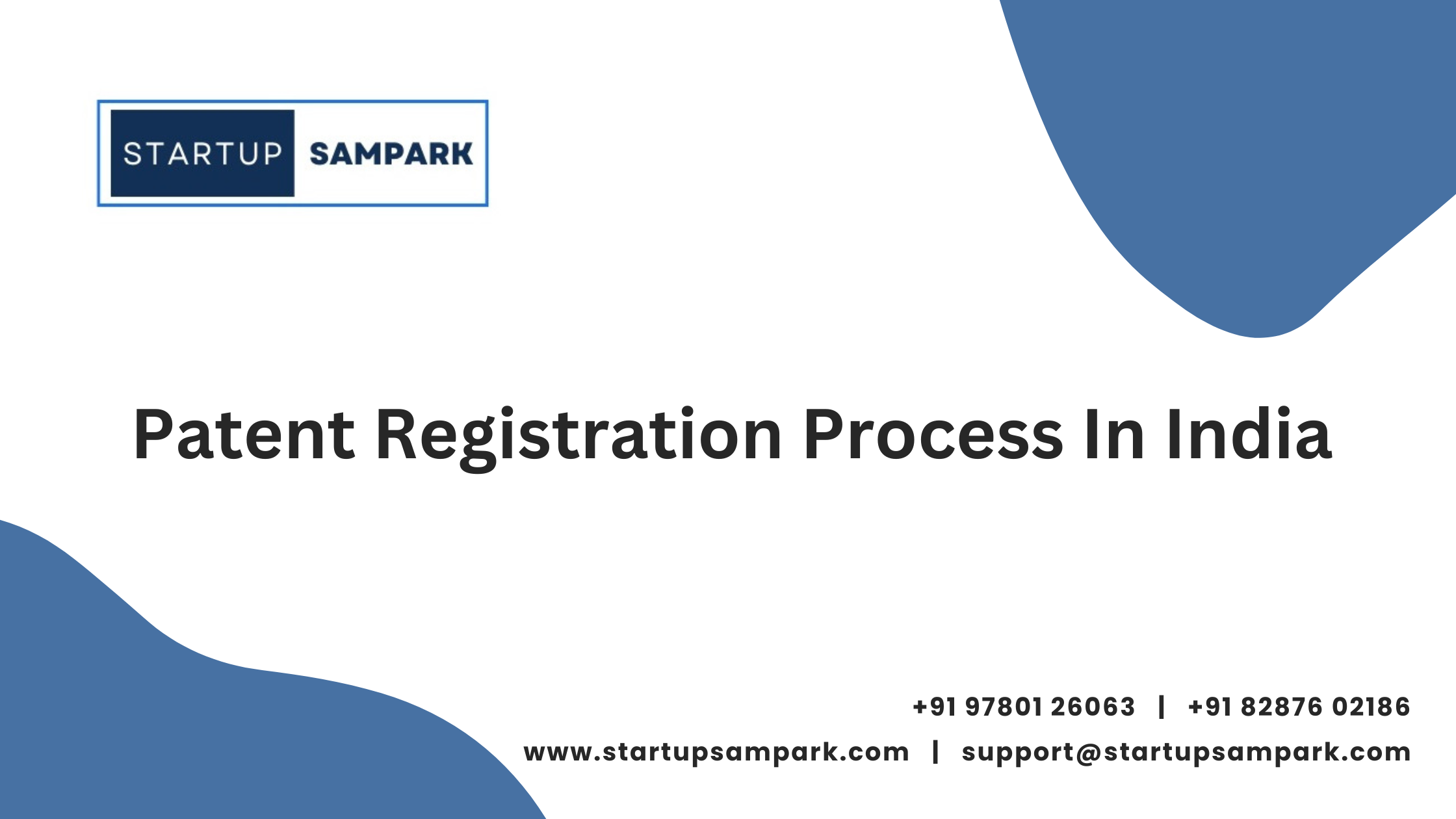Patent Registration Process In India
1. Introduction to Patent Registration in India
Patent registration in India is a legal process that grants inventors exclusive rights to their inventions for a specified period, typically 20 years. This ensures that the inventor can commercially exploit their invention without the risk of others copying or using it without permission. The process is governed by the Patents Act, 1970, and aims to promote innovation and protect intellectual property rights.
2. Eligibility Criteria for Patent Registration
To qualify for patent registration in India, an invention must meet certain criteria. It should be novel, non-obvious, and useful. The invention must not have been publicly disclosed or used anywhere in the world before the patent application is filed. Additionally, it should fall within the categories of patentable inventions, which exclude abstract ideas, scientific theories, and traditional knowledge.
-
 Startup Registration (DPIIT Recognition)₹8,850.00
Startup Registration (DPIIT Recognition)₹8,850.00
3. Filing the Patent Application
The patent registration process begins with filing a patent application with the Indian Patent Office. Applicants can choose between a provisional and a complete application. A provisional application provides a temporary patent for 12 months, allowing inventors time to finalize their invention. A complete application must be filed within this period, detailing the invention’s specifications, claims, and drawings.
4. Examination of Patent Application
After the application is filed, it undergoes a thorough examination by the patent office. The examination process involves assessing the application for compliance with legal requirements, novelty, and inventiveness. The patent office may issue a First Examination Report (FER), highlighting objections or requests for clarification. Applicants must respond to these objections within a specified timeframe to proceed further.
5. Grant of Patent
Once the objections, if any, are satisfactorily addressed, and the application meets all criteria, the patent is granted. The patent office publishes the granted patent in the Patent Journal, making it publicly accessible. The applicant must pay the requisite fees for the patent to be issued officially. Upon grant, the inventor has exclusive rights to the invention, allowing them to take legal action against unauthorized users.
6. Maintenance and Renewal of Patent
To maintain patent protection, the inventor must pay annual renewal fees to the patent office. These fees vary depending on the duration of the patent and are crucial for keeping the patent in force. Failure to pay these fees can lead to the patent lapsing, resulting in the loss of exclusive rights. Therefore, it’s essential for patent holders to keep track of renewal deadlines and fees to ensure continued protection.
startup, company incorporation, india’
-
 Startup Registration (DPIIT Recognition)₹8,850.00
Startup Registration (DPIIT Recognition)₹8,850.00















Post Comment